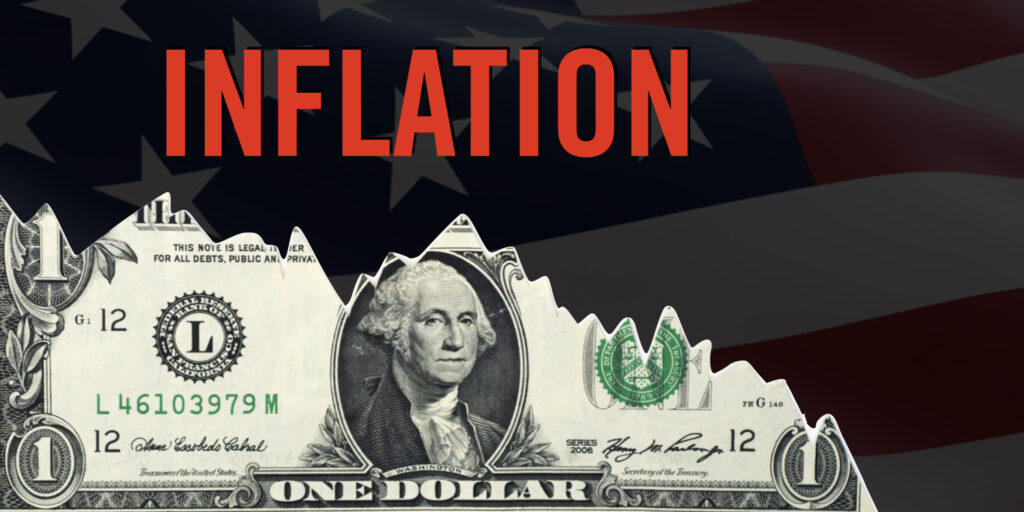The pace of inflation has slowed but prices remain high
The next time someone tells you inflation’s coming down? Ask, from what?!
Sure, inflation has tapered since its 9.1% peak in June 2022, but Americans are still grappling with significantly higher prices of goods and services.
Even with modest pay hikes, workers are finding it tough to keep up with inflation’s pace. It’s no wonder—overall inflation stands 13% higher than in April 2021.
Retirees relying on fixed incomes are feeling the pinch, left with little choice but to cut back on essentials or seek extra income sources. Consider this: an average single retired worker getting $1,847 monthly will only see a $59 bump in 2024, not factoring in the $9.80 increase in Medicare Part B premiums according to the Social Security Administration.
This is prompting older homeowners to ponder how long their savings can weather inflation’s impact. Reverse mortgage professionals would be remiss not to address the real-life consequences of soaring prices with potential borrowers.
Eroding the value of the dollar
Recent reports, like Bloomberg’s, indicate it now takes $119.27 to buy what cost much less in early 2020—a 19% hike in daily expenses. CNBC’s analysis of Labor Statistics data from April echoes this trend, highlighting how everyday items are significantly pricier compared to just two years ago. It’s not just the year-over-year inflation pace; it’s the current cost that truly matters.
Despite expectations of some prices like homes and vehicles cooling off, most goods and services are unlikely to revert to pre-pandemic rates. In fact, most will become the new benchmark.
Though inflation’s pace has slowed, its impact on wallets remains substantial. Between April 2021 and 2023, overall prices soared by 13%.
The prices tell the story
The grocery store bill tells a compelling story—food costs have surged by 25% since January 2020.
Housing expenses have shot up due to surging home prices and mortgage rates. Average monthly mortgages have spiked by 40-60%, and rent for single or multi-family units surged by 28% since 2020, according to Zillow’s Rent Index.
Utilities, too, have become more expensive. Residential electricity bills in California surged by a staggering 51% from August 2019 to August 2023.

Stopping by your local fast food restaurant has become much more expensive—fast food prices have shot up significantly. Burgers cost 23% more, pizzas 17% more, and chicken dishes take 32% more from your wallet.
While many working Americans live paycheck to paycheck, seniors understand the value of saving. But inflation is chipping away at their nest eggs, a concerning trend as savings rates mirror the lows before the 2008 Financial Crisis.
Conclusion
In conclusion, discussing inflation is crucial for potential reverse mortgage borrowers. It’s the undeniable elephant in the room that demands attention.







No comment yet, add your voice below!